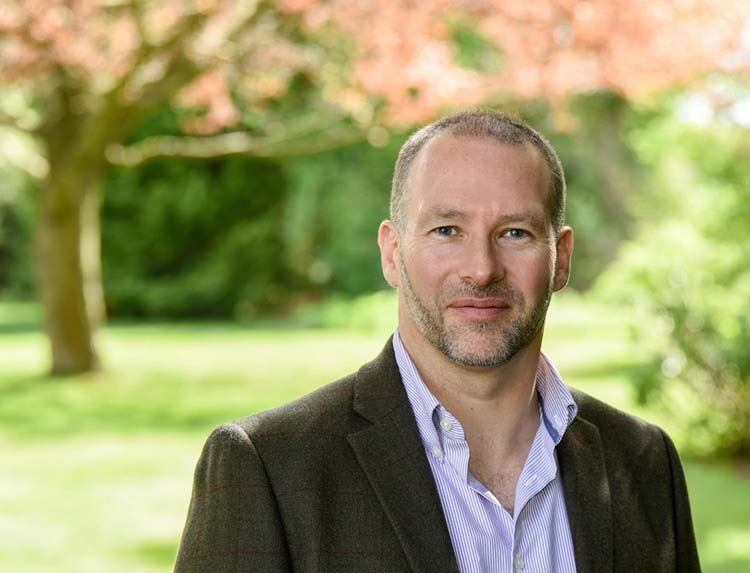Back in class: making education facilities and campuses ready for the return of students

In an era where the impacts our actions have on the environment is in sharper focus, there is the very real possibility of businesses being out of sync with prospective and existing employees when it comes to the topic of sustainability.
Nowadays, jobseekers are looking beyond salaries and perks; the company culture and its commitment to the environment are serious factors to be aware of. Paul Bean, sales director at Nurture Landscapes, which provides grounds maintenance and landscaping to corporate buildings and business parks nationwide, looks at why underlining environmental initiatives gives a hiring company the edge in the fight for talent.
Many jobseekers, especially in the younger generations, are driven by a sustainable mindset. Research suggests that more than a quarter of workers would even take a pay cut to go to a company that is more environmentally responsible, rising to around 50% of 23 – 28 year olds. With Gen Z – born in the years 1997 and 2009 – set to make up more than a quarter of the total global workforce, there is not a lot of time for hiring companies to prepare.
Let’s look at that term ‘environmentally responsible’ a bit closer. It isn’t just about encouraging staff to recycle their drinks bottles or cut down on the number of documents they print (granted, these are still important), but more about adopting a company-wide culture of smart resource use and awareness of the impacts daily activities have. Equally important is ensuring this is demonstrated throughout the premises, particularly now most offices appear to be back up and running again and face-to-face job interviews are set to be back in business.
The difficulty is balancing well-intentioned polices with appearing to be greenwashing, which can be just as off-putting to potential new team members. How a business holds itself to account when it comes to carbon emissions and actively looking at ways to reduce these will be high on a jobseeker’s requirements.
To start with, many organisations are looking to offset their carbon emissions over the course of several years. In broad terms, that is any action which compensates for the emission of CO2; planting a few trees at one end of the scale, through to switching to renewable energy and battery-operated vehicle fleets at the other. This is possibly the easiest way of demonstrating an intention to protect the environment to all employees, not just those coming through the door. To truly sell a company’s green credentials, this should be a company-wide commitment.
Looking into the current characteristics of an office space provides an indication of where slight modifications may be needed for maximum sustainability impact. For example, is there room for some electric vehicle charging points or can natural light be utilised as opposed to artificial? Simple considerations, yes, but ones to keep in the back of the mind. Then there is biodiversity to consider and how outdoor spaces can be used for the wellbeing of employees and environment alike.
While they are only one part of the wider environmental picture, the use of plants in an office does show that a business at least understands the need to bring commercial and environmental together. Far from simply being a way of making the office look visually appealing, interior displays and living walls are also thought to have health benefits, such as improving air quality and being able to lift employee mood.
Employees spend the vast majority of their day at work; prior to Covid-19, it was thought that an average 42.5 hours a week was at the office. As is their right, employees need to feel that their welfare is being taken care of, in an environment that is healthy for them.
A prospective employee will be able to make a swift decision as to whether they would be comfortable in the office environment. Plants, open space, even the materials used in the office’s construction will all be under scrutiny when jobseekers make the first initial visit.
Just like a number of aspects in our lives now, enticing prospective employees has changed, possibly for good. Whilst we may not be recruitment experts here at Nurture, we do know about people and the importance of showing them they are appreciated and listening to what matters most to them.
There are, of course, plenty of other reasons why a jobseeker chooses one company over the other. But with global environmental impacts fully in the public eye, coupled with the desire to change from the next generation, sustainability is no longer just a buzzword.
Paul Bean, Nurture Landscapes












Responses